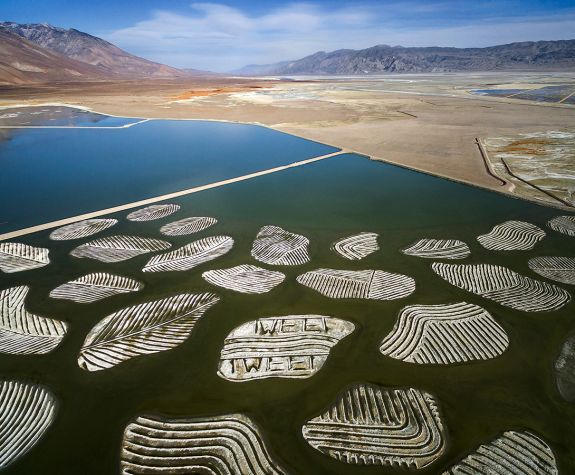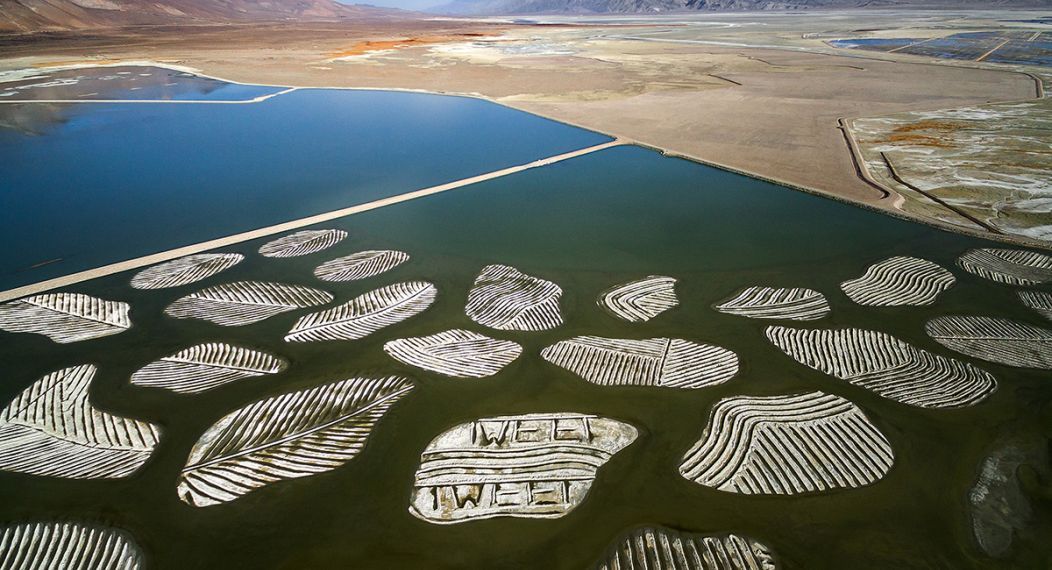
Gallery Reception and Artist Talk: 6 – 9 p.m.
Artist Talk: 7 – 8 p.m.
General Gallery Hours: Monday – Friday, 9 a.m. – 4:30 p.m.
University of the Pacific’s Reynolds Gallery is pleased to present an exhibition of large- scale color photographs and videos by Professor Jennifer Little. The exhibition, Drought, Dust, Flood: Owens Lake and The Los Angeles Aqueduct was produced as part of a Faculty Development Leave by Professor Little. It explores the latest chapter in a century of legal battles over water rights and air quality in Owens Valley, California., culminating in severe drought in 2022 and flooding in 2023. Owens Lake lies in California’s Eastern Sierra Nevada Mountains, about 200 miles northeast of Los Angeles. This 110-square-mile lake began to dry up in 1913 when Los Angeles diverted the Owens River into the Los Angeles Aqueduct. The new water supply allowed Los Angeles to grow and turned the arid San Fernando Valley into an agricultural oasis, but at a tremendous environmental cost. By 1926, Owens Lake was a dry alkali flat, and its dust became the largest source of carcinogenic particulate air pollution in North America. In 1998, the EPA mandated that the Los Angeles Department of Water and Power (LADWP) take steps to minimize the toxic PM-10 dust pollution from Owens Dry Lake. This pollution was 100 times greater than federal air safety standards. LADWP began construction on the Owens Lake Dust Mitigation Project in the year 2000. They have installed 45 square miles of dust mitigation zones, including gravel cover, managed vegetation, buried drip tubing, and irrigation bubblers to shallow flood the dry lakebed. This dust mitigation program has cost over $2 billion to date and requires so much water that it may not be sustainable as climate change results in a drier climate for California.
In the last few years, we have seen the dramatic impacts of climate change in California. We have experienced the worst drought and fire seasons in recorded history, culminating in the 2022 drought. This was followed by one of the wettest years in recorded history in 2023. As the historic Sierra snowpack melted during the summer of 2023’s “Great Melt,” Owens Lake flooded and became a full lake again for the first time in a century. The rapidly melting snowpack also destroyed many roads in the Eastern Sierras and caused a breach in the LA Aqueduct near the shore of Owens Lake. Neither our water nor our transportation infrastructure is designed to accommodate the rapid shifts in precipitation levels that we are now experiencing as a result of climate change.




